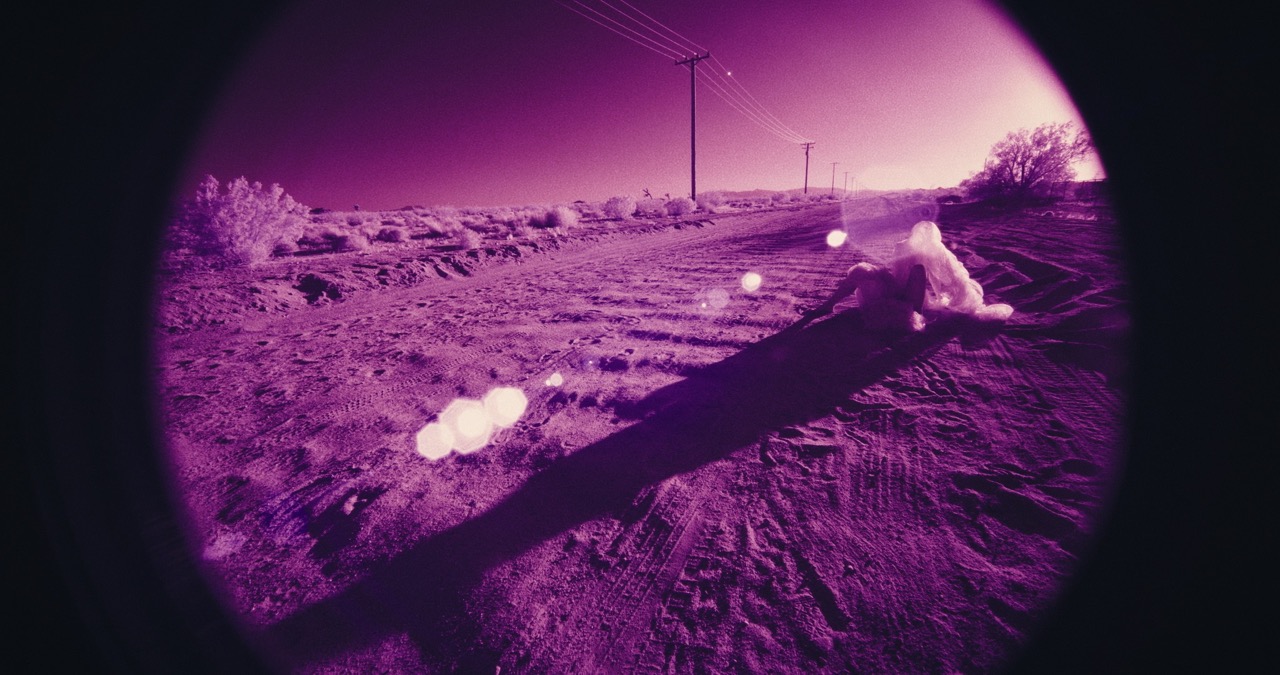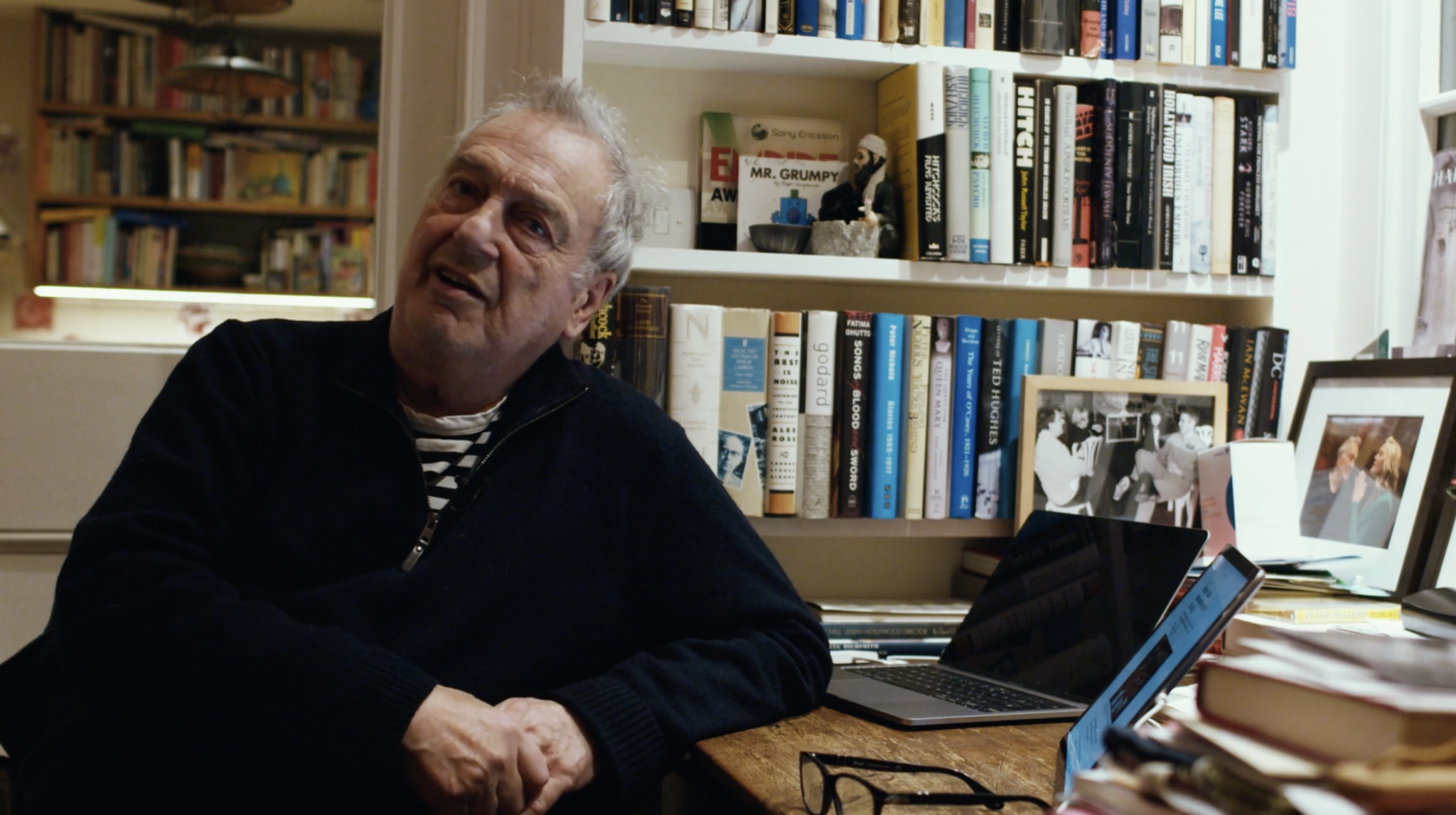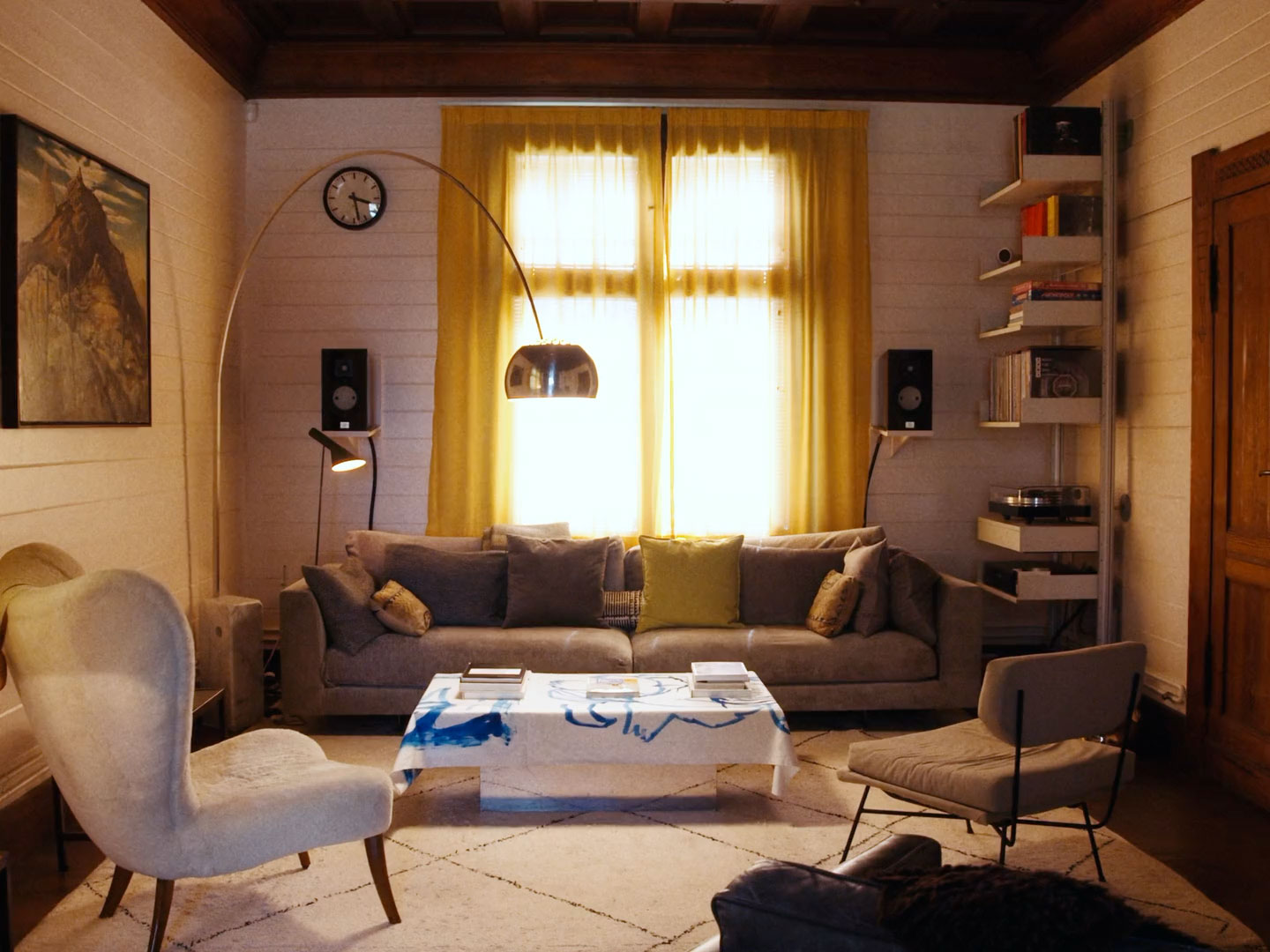Art & Photography, Confessions, Culture

There are whispers that writer-director Carolina Cavalli’s debut feature Amanda is one of the sneak-bests of this year’s Venice Film Festival lineup. Having already made waves with her award-winning RAI show Mi hanno sputato nel milkshake, as well as her work as a writer on the Netflix series Zero, this first feature-length is an exciting milestone, telling the story of a lonely and eccentric 24 year-old who attempts to reconnect with a childhood friend.
A few days after wrapping up her interview with Luke Georgiades, Carolina circled back with unfinished business regarding a previous question of favourite childhood icons and characters, penning an essay that addresses the controversy of misunderstood Southern folk-hero Rosso Malpelo (translated: evil redhead) by Giovanni Verga. Here is what she had to say…

I gave the wrong answer to one of the questions. My answer was about E.T., but the question was actually about Rosso Malpelo. This is a problem because E.T. looks to the moon and is protected by many people, while Rosso Malpelo only sees the darkness of the red-sand pit where he works all day—so much so that his eyes become like those of a cat—and he isn’t loved by anyone. And me, when asked, I’ve forgotten to talk about this child whose name even his mother (who is an asshole) can’t remember anymore. Everybody calls him Malpelo [which means “evil-haired”]. And his father, the only person who’s ever stroked his hair, is called ‘Dummy’ by the other workers in the pit because, to earn some extra coin for his family (his asshole of a wife and his asshole of a daughter), he would do anything. Eventually, his father dies in the pit, buried alive while working a job he was doing as piecework. Trying to save him, even though there was no hope anymore, Malpelo digs alone to the point of tearing up his hands and breaking his fingernails, while other workers are making fun of him.
Malpelo is beaten every day, they blame him even when he’s innocent, just for fun, just so they can beat him up and leave him without food. Even the narrator of the story is abusive when talking about him. But Malpelo never complains, he never reacts, maybe from defiant pride, maybe from desperate resignation. One day, a new kid comes to work at the pit, a child who hobbles due to a broken thigh-bone: they make fun of him too and call him Frog. Frog likes to look at the stars, but Malpelo tells him he needs to cut his teeth instead of looking at the stars, and get used to the beatings. That’s why Malpelo is violent with Frog sometimes (also because he’s learned to be violent against the weak), but then he always shares his bread with Frog and takes care of the most strenuous labour in his place, and when he realises Frog is dying of tuberculosis, Malpelo spends all that he can to buy him wine and a hot soup. When seeing Frog’s mother so desperate because of her son’s condition, Malpelo feels confused: it’s not like Frog was bringing home any good money. In his mind, he tries to justify the comparison with his own mother, telling himself that Frog had always been treated as the sickly child he was, while he, Malpelo, had always been tough.
Shortly after Frog’s death, something strange happens in the novella: a new character comes to work briefly at the pit, an escaped convict who has nothing to do with the rest of the story but through whose appearance Malpelo discovers the existence of prison, a place where he would belong according to the other workers, since he is bad, ignoble, evil-haired. For me, to be honest, this piece of information should help the reader imagine a different end of the novella, which is otherwise always interpreted, from middle school on, to mean Malpelo’s death. This information, namely that Malpelo finally learns there is a place on Earth in which he belongs, is a bit underestimated.

Shortly after, the narrator, who is superstitious and biased, abruptly closes the tale saying that Malpelo left his bones in the pit, and he perhaps became a ghost, stuck underground. Up to this point, we’ve considered the narrator unreliable, but suddenly we decide to trust him on the fact that Malpelo dies. They found the remains of his father, but never Malpelo’s bones. Nor his clothes. Nor his axe. Nothing. Why not, then?
Let’s go with that: maybe he is dead. But more likely Malpelo found the secret passage used by the escaped convict, managed to sneak inside the prison and, having cut his own teeth at the pit and having red hair, he became well respected and made good friends—Malpelo’s gang. When the guards found out he shouldn’t have been inside, unfortunately he was released. He didn’t know where to go since those two assholes of a mother and sister disappeared a long time ago, so he went to visit Frog’s mother, who recognized and welcomed him. And together, sometimes, they look up at the stars. One of them is Frog, his best friend.












